The majority of dog owners in the United States feed their companion animals commercially prepared dog foods. These types of dog food are available in several forms that vary according to the processing methods used, the ingredients included, and the preservation methods. Dog foods can also be classified according to their nutrient ingredient, the purpose for which pet food is formulated, and the quality of ingredients they contain.
Common Types of Dog Food
One of the broadest classifications of commercial dog foods according to processing ways, preservation methods, and moisture content; these categories are the dry, wet, and semi-moist foods. In recent times, a variety of foods have been developed to meet the specific needs of some dog owners. These include natural and organic materials, raw food ingredients, and vegetarian products.
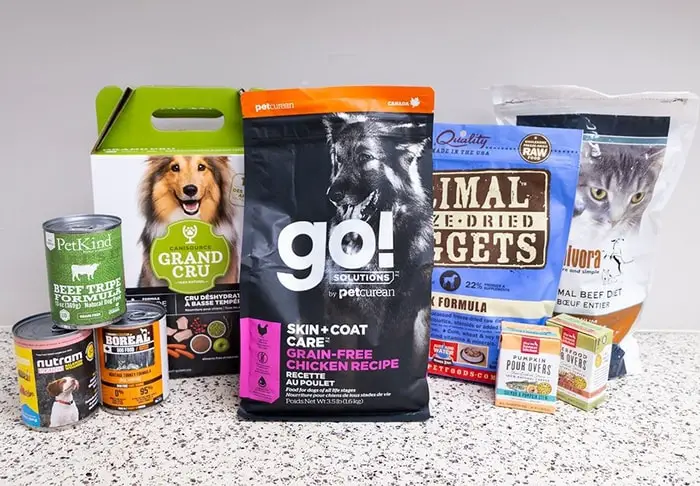
1. Dry Pet Food
Dry pet foods have between 6% and 10% moisture and 90% or more dry matter (DM). This category of dog foods includes baked kibbles, biscuits, meals, and expanded products. All ingredients are mixed into a homogeneous dough, then baked in each case. Baked kibbles and biscuits are prepared similarly, although the shape of the end product differs.
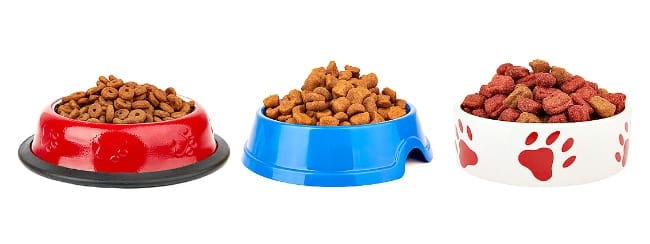
When dog biscuits are made, the dough is formed or cut into the desired shapes, and the individual biscuits are baked like crackers or cookies. When baked kibble food is produced, the dough is spread onto large plates and baked. After cooling the kibble, the large sheets are broken into bite-size pieces and packaged. Many dog treat is baked biscuits, and a limited number of companies still produce complete and balanced baked kibble.

2. Types of Dog Food: Wet Pet Food
There are two primary types of wet dog foods- those that provide a complete and balanced diet and those that provide a dietary nutrient supplement or treat in canned meat or meat by-product by product. Complete and balanced wet dog foods may contain blends of substances such as muscle meats, poultry meat or fish meats or by-products, cereal grains, texturized vegetable protein, and vitamins and minerals mixture.
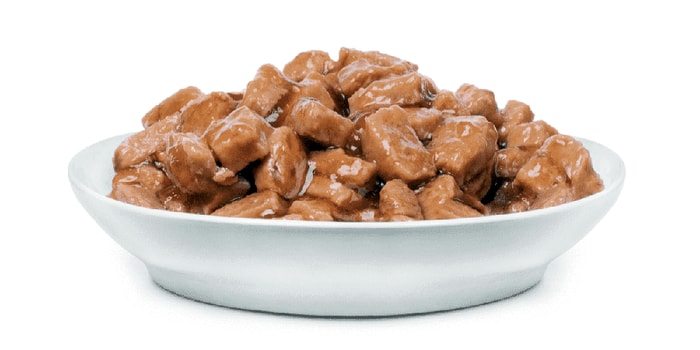
Some dog foods contain only one or two types of animal meat or animal by-products, with enough vitamins and mineral supplements to make the product nutritionally balanced. The second type of wet dog food, often referred to as ‘meat products,’ consists of the same types of the flesh listed earlier but without supplemental vitamins and minerals.
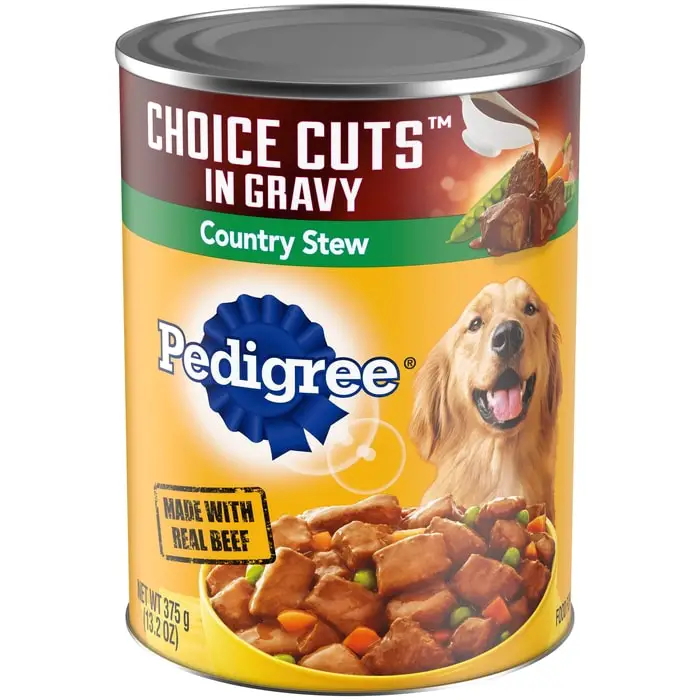
3. Semimoist Pet Food
Semi-moist dog foods contain 15% to 30% water and include:
- Fresh or frozen animal tissues.
- Cereal grains.
- Fats.
- Simple carbohydrates as their principal ingredients.
These foods are softer in texture than dry pet foods, contributing to their acceptability and palatability for some animals. Several preservation methods prevent contamination and spoilage of semi-moist foods and permit a longer shelf-life.
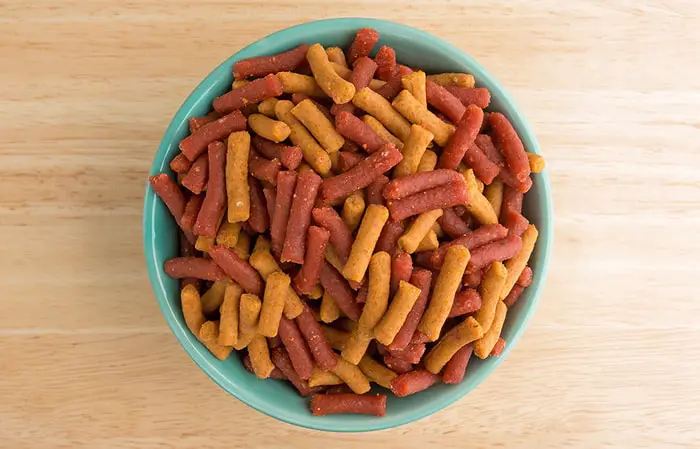
The inclusion of supplements such as salt, simple carbohydrates (glucose), glycerol, or corn syrup decreases the water activity of the pet food, which prevents the growth of disease-forming organisms. Further protection is added by preservatives such as potassium sorbate, which inhibits the growth of molds and yeasts. Organic acids in small quantities may also be included to decrease the pH of products and inhibit bacterial growth.
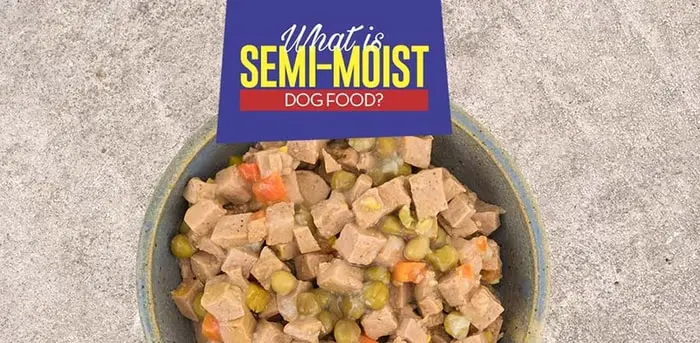
4. Types of Dog Food: Snack and Treats
Snacks and treats/ bits have become increasingly famous with pet owners recently. A research survey conducted in 1965 revealed that Nabisco’s Milk Bones led the treat/bit market, and the choice of tit/bits at that time was minimal. However, today almost every major dog food company markets one or more types of dog.
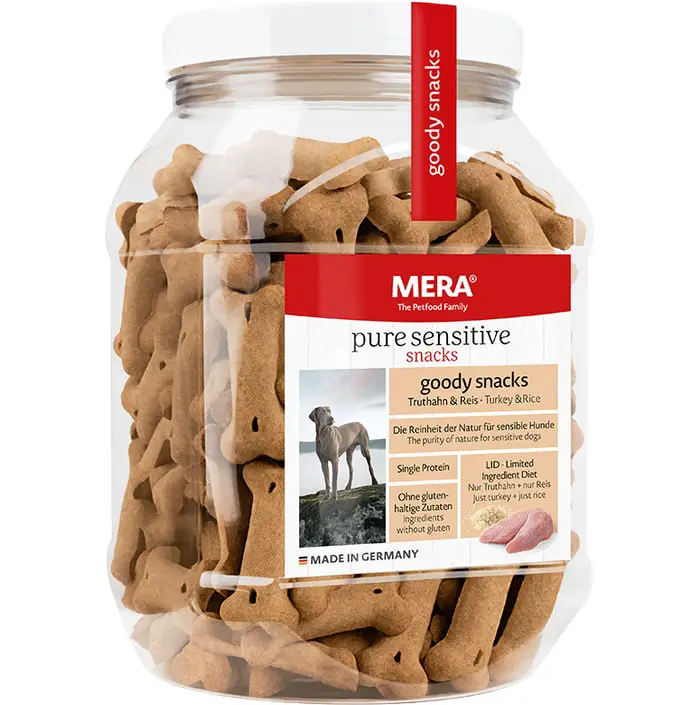
This increased demand can be theorized to reflect some of the changing roles that dog in our society within the last few years. Pet owners purchase treats foods not only because of their nutritional value but also as a way of showing love and attraction to their pets. Feeding and caring for a dog or cat is a nurturing process, and giving pets’ special’ foods generates the positive feelings that accompany nurturing and the expression of affection.
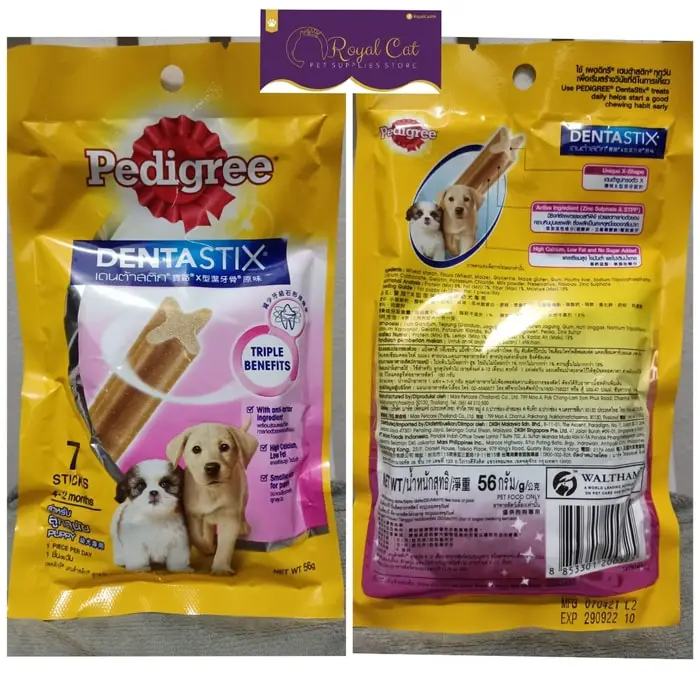
Types of Dog Food: Dog Food Classification
1. Premium and Super-Premium Dog Food
The term premium dog food refers to products developed to provide optimal nutrition for pets during different growing stages of life. These foods target pet animal owners, hobbyists, and professionals who are very involved with their companion animal’s health and nutrition. In general, quality ingredients are highly digestible and have good to excellent nutrition.
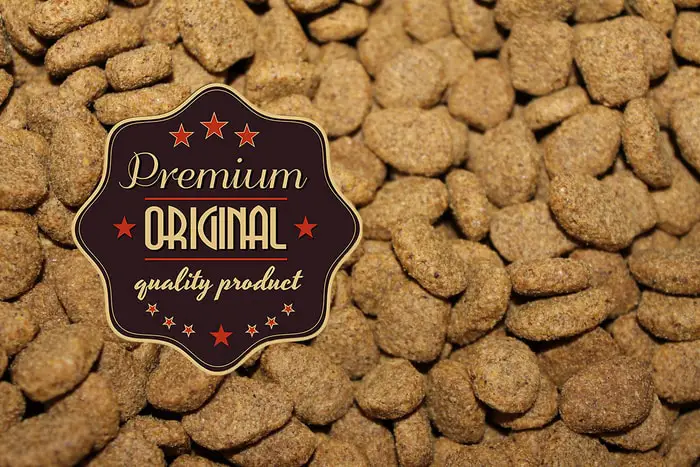
In general, quality products that are highly digestible and have good to excellent nutrient availability are used. Manufacturers of most premium dog foods formulate and market products for different stages of life and lifestyles and different breed sizes.
2. Basic Nutrition and Economic Brands
Essential nutrition brands include foods marketed nationally or regionally and sold in grocery store chains and mass-merchant shops. The companies that produce these pet foods devote a substantial amount of energy and finances to advertising, which results in the high name recognition of their produced food among pet owners.
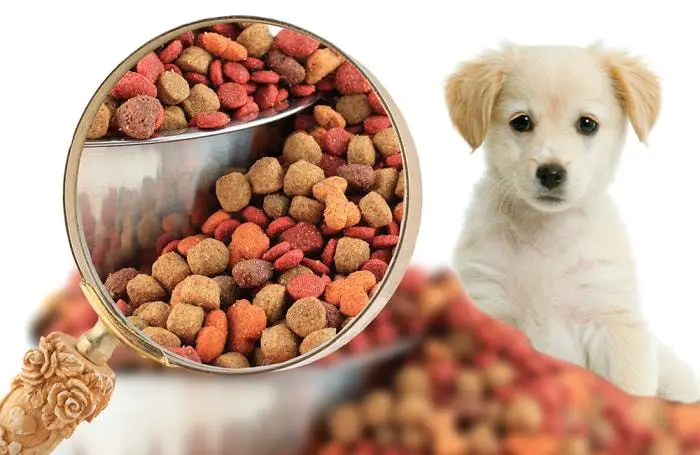
The principal marketing rules used to sell these products relate either to the diet’s palatability or appeal to the pet owner. Many of these pet food brands are produced using variable ingredients. This means that the formulation included in a particular brand may differ from batch to batch, depending on available contents and cost to the manufacturer.
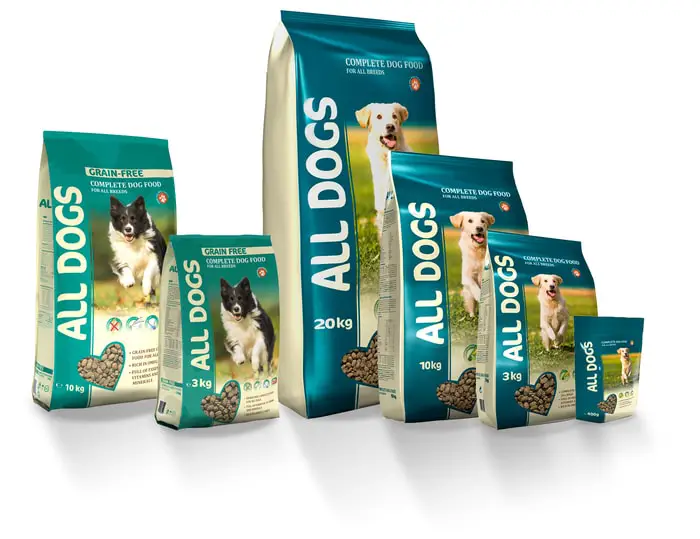
3. Private-Level Brands Dog Foods
Private-label pet foods carry the house name of the grocery shop chain or whole seller-retailer in which they are sold. Some of these foods are produced on a minimum cost basis, while others are produced to show the pet care philosophy of the sponsoring store or pharmacy.
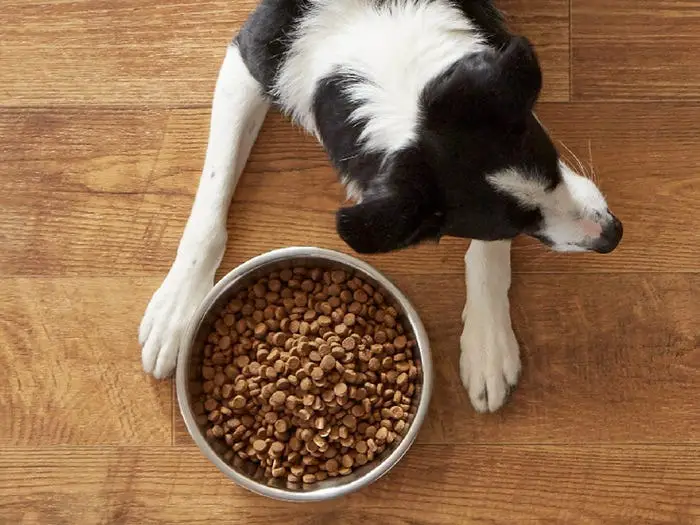
Because some of these pet foods are produced by the same companies that make generic foods, they can be similar to generic products. In addition, private-label foods often say that to be comparable to premium foods, although they sell for a much lower price. As in any industry, ‘clone’ products are marketed to imitate premium foods’ names, packaging, bag colors, or ingredients lists.
4. Organic and Natural Brand Level Pet Food
Although organic dog foods still account for just over 5% of total companion animal food sales, these foods experienced an elevation in retail sales of almost 50% between 2003 and 2007. This development suggests a rapidly expanding level of interest, similar to that happening in human foods sales.

Pet owners’ interest in and demand about the source of pet food ingredients is a primary reason for this increase. In 2002 the US Department of Agriculture (USDA) established the National Organic Program, which provides a set of standards for organic human foods.
5. Types of Dog Food: Raw Food Diet
In recent years, raw dog food diets have become popular with a small proportion of pet owners and enthusiasts. However, the most available pet foods as their body’s primary diet. A recent research survey of owners in Australia and the United States found that about 25% of dogs were fed raw or uncooked meat or bones regularly to supplement their regular diet.
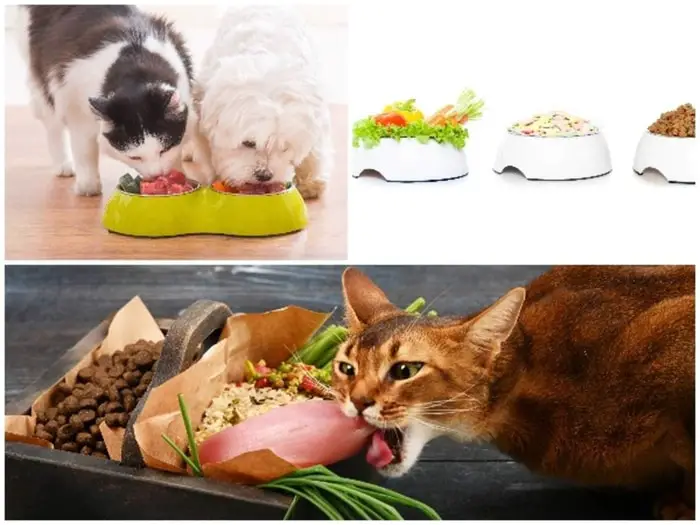
The number of dog owners who fed raw meats as their pet’s primary food was much smaller, comprising less than 3% of total owners. A primary motivation for feeding a raw dog food relates to beliefs about the dog’s evolutionary history as a carnivore.
6. Vegetarian Diet for Dogs
A wide range of dietary practices is included under the umbrella term of vegetarianism. For example, ovo-vegetarians consume plants and eggs, lactovegetarians consume plants and dairy products, and ovo-Lacto-vegetarian consumes plants, eggs, and dairy products.
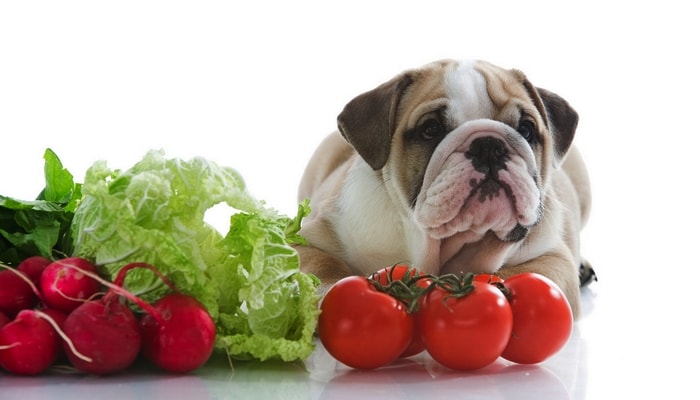
Pet owners may decide to feed a veg diet or vegan diet to their pets for various reasons. One of the most restrictive forms is the vegetable diet, in which only foods of plants origin are fed, and no animal products are included in the diet. An owner’s decision to feed their pet vegetarian food follows directly from individuals’ religious beliefs, ethical concerns, or health considerations that dictate the owner’s diet choice.
7. Homemade Diet for Lovely Dogs
Although most pet owners in the United States of America enjoy the reliability, convenience, and economy of commercially produced dog foods, some owners prefer to prepare homemade diets for their pets. A recent survey of pet feeding practices of pet owners in the United States and Australia reported that 93% of dogs and 98% of cats were fed commercial pet foods for at least half of their daily intake.
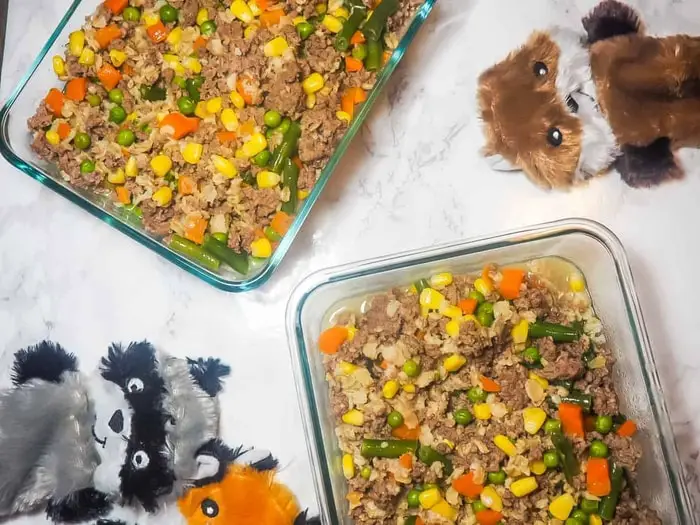
8. Veterinary or Therapeutic Diet for Dogs
Many human health claims have become associated with consuming certain foods, ingredients, and nutrients in the past several decades. Examples include the relationship between fiber consumption and dietary fat intake of this heart and gastrointestinal health.

As a direct result of this trend in human foods, companion animal nutritionists and dog food producers have begun to investigate the use of diet and dietary ingredients for the nutritional management of disease increase in the number of available therapeutic, or veterinary, diets to veterinarians and pet owners.
Final Advice on Types of Dog Food
Dogs are one of the most valuable and trusted companion animals. Their food behavior varies depending on the geographic locations, types of work, age, and disease conditions. In my article, I have highlighted the most common types of dog food. You can choose any of them that is suitable for your dog. This article will help you choose the best food that is effective for your lovely companion.